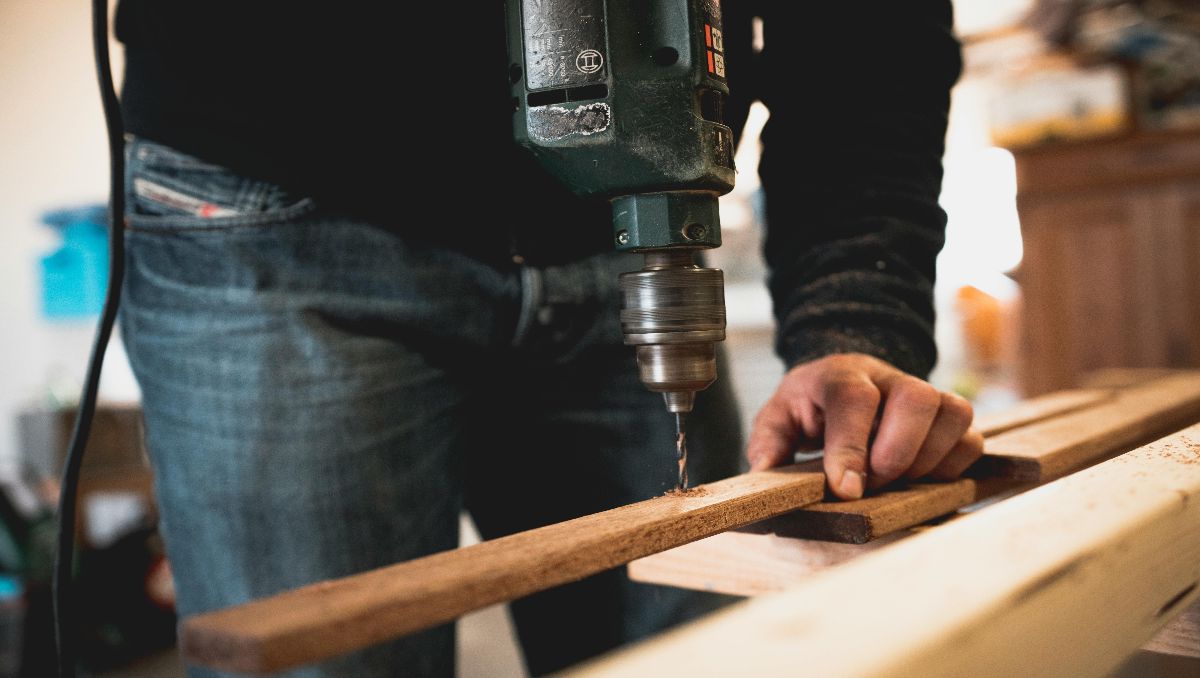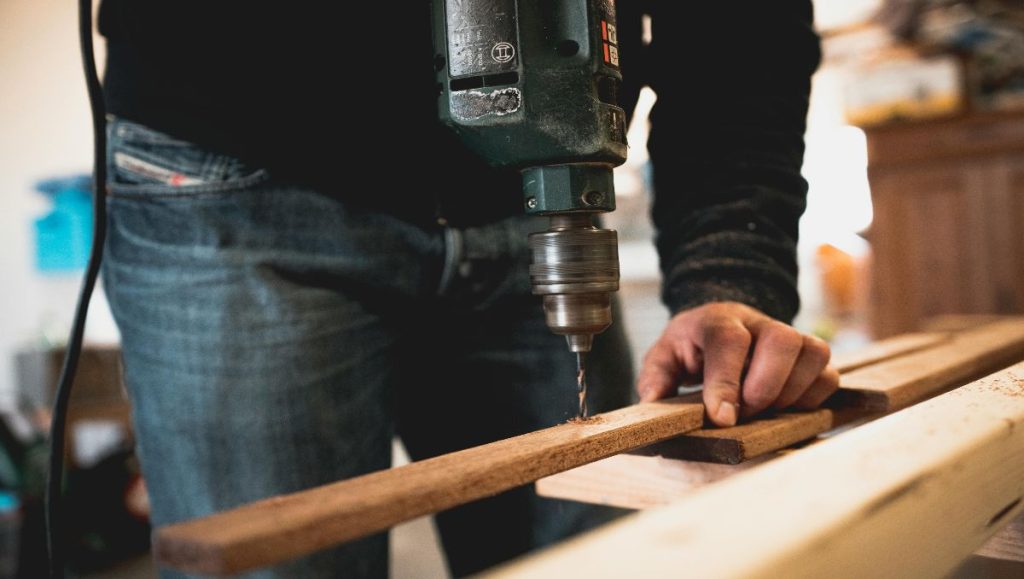
Woodworking can be an incredibly rewarding hobby or profession, allowing you to create everything from intricate furniture to simple home decor. However, as you immerse yourself in the craft, it’s easy to become focused on the art and technique of woodworking, sometimes overlooking the potential dangers that come with it. While power tools, sharp blades, and heavy machinery are commonly recognized as risks, there are lesser-known hazards lurking in your shop that could jeopardize your safety.
Key Takeaways
- Awareness of hidden hazards helps prevent serious injuries.
- Regular maintenance and proper handling reduce risks with tools and chemicals.
- Simple safety practices, like PPE and good ventilation, support a safer workshop.
- Emergency preparedness makes it easier to handle unexpected incidents.
- Ergonomic practices and mindful organization help prevent physical strain and fatigue.
This article takes a closer look at some of these overlooked dangers, offering tips on how to avoid accidents and create a safer working environment.
Common Woodworking Hazards to Watch For
Woodworking brings a unique set of hazards that, if overlooked, can lead to serious health and safety risks. Whether it’s airborne particles, noise levels, or handling tools, taking steps to manage these hazards is essential.
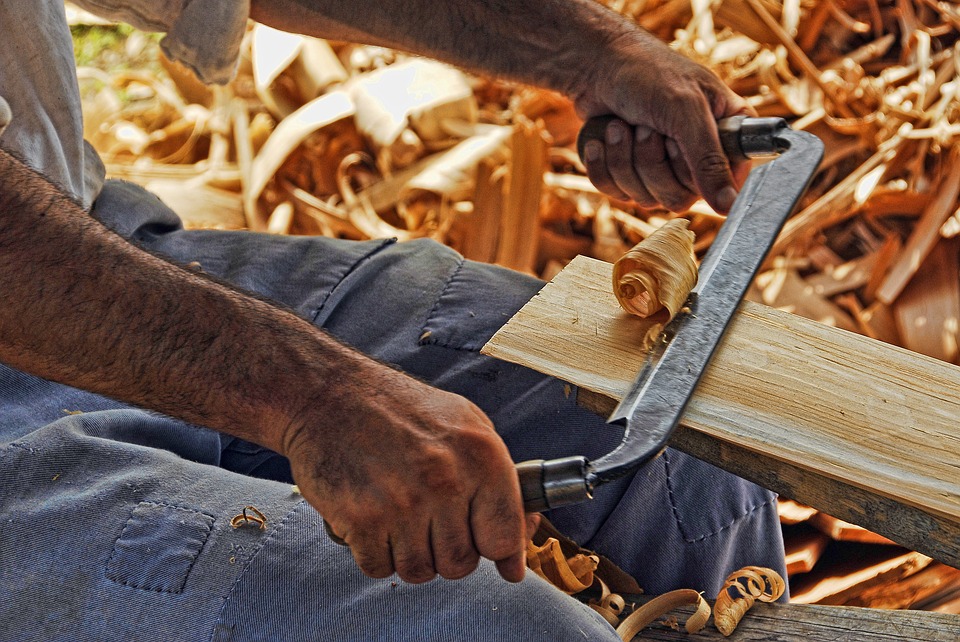
Dust and Airborne Particles
Woodworking produces fine dust from sanding, cutting, and other processes, releasing particles into the air that are easy to inhale. This dust can cause respiratory issues, trigger allergic reactions, and even lead to long-term lung problems.
| A study in Bahir-Dar, Ethiopia found that woodworkers exposed to wood dust had more respiratory problems (59.4%) compared to those not exposed (18%). |
Using dust control methods, like dust collection systems, face masks, safety glasses, and ensuring proper workshop ventilation, helps minimize exposure. Regularly cleaning up sawdust and wearing a respirator when needed are also crucial for maintaining air quality in the workshop.
Noise-Induced Hearing Loss
The noise from woodworking machines, including saws and planers, can reach harmful levels, especially with prolonged exposure. High noise levels can cause irreversible hearing loss over time.
| A study in Nepal found that 31% of carpenters and 44% of sawyers had noise-induced hearing loss (NIHL), with some meeting the World Health Organization’s criteria for hearing impairment. Noise levels in the workplaces ranged from 71.2 to 93.9 dBA, highlighting the risk of NIHL among woodworkers |
Protecting your hearing with earplugs or earmuffs is essential, as is taking breaks to avoid continuous exposure. Adding noise-dampening materials in your workspace, such as rubber mats, can further help reduce the impact of noise on your ears.
Sharp Tools and Blades
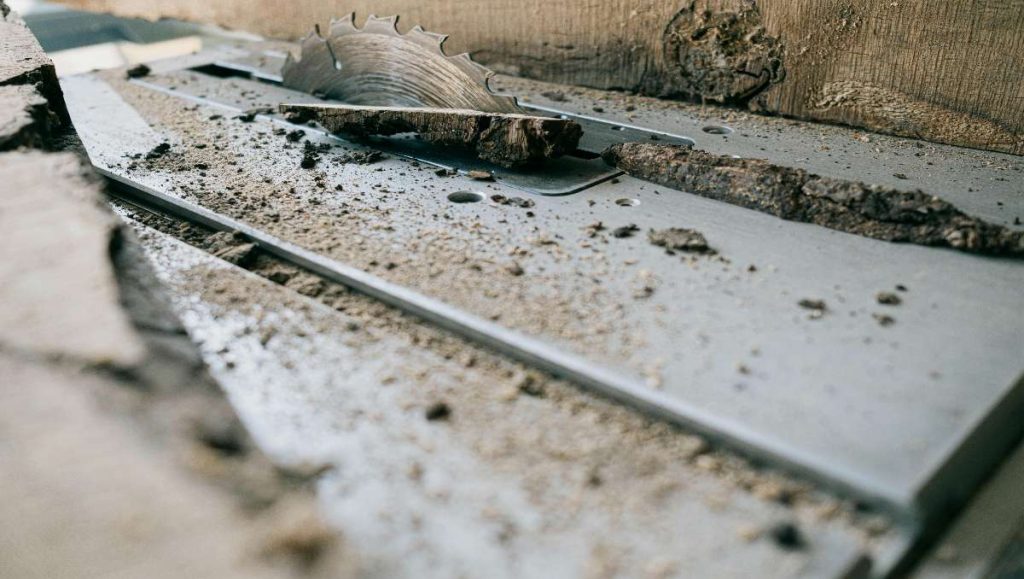
Woodworking tools, like saws, chisels, and routers, have sharp edges that pose a significant risk if handled carelessly. To reduce the chance of injuries, always handle tools carefully, store them safely when not in use, and ensure they’re well-maintained. Surprisingly, keeping tools sharp actually lowers the injury risk, as sharp tools require less force and reduce the likelihood of slipping during use.
Stay safe in your workshop by knowing the risks! Discover high-quality, handcrafted tools and furniture that support safe woodworking practices at Amish Furniture Factory.
Electrical Hazards
Common electrical hazards in a woodshop include frayed cords, loose wiring, and overloaded circuits, which can lead to shocks or fires. Ensuring that all tools are properly grounded and never using electrical equipment around water are two essential precautions. Regular inspections help identify any issues early, so repairing or replacing damaged cords and maintaining equipment is vital for a safe work environment.
Fire Risks in the Workshop
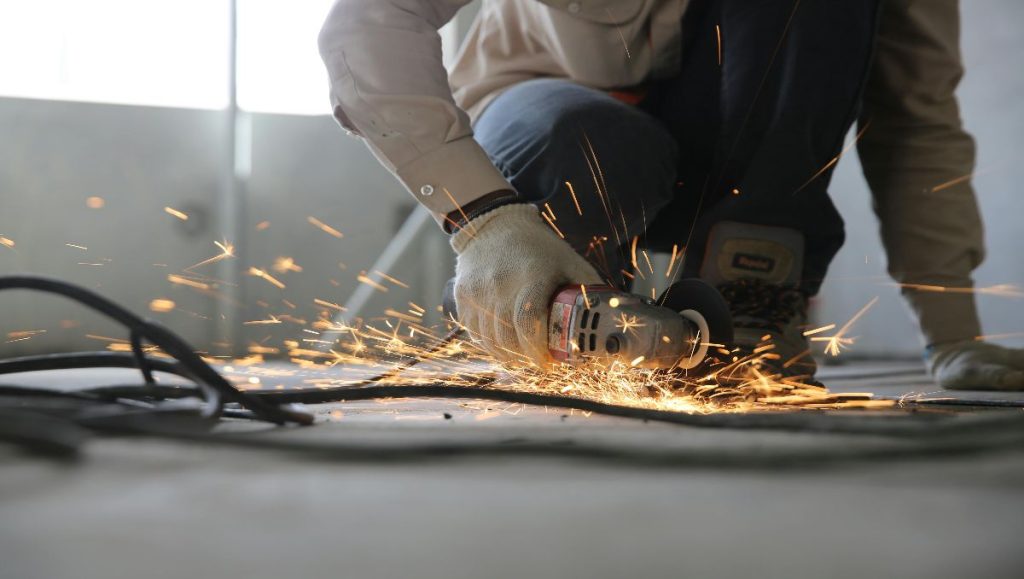
Workshops can be fire-prone environments, especially with sawdust buildup, flammable finishes, and faulty wiring. Storing flammable materials safely and properly disposing of rags and other materials soaked in finishes helps reduce fire risks. Having a fire extinguisher accessible and creating an emergency plan ensures you’re prepared to act quickly should a fire ever break out.
Harmful Chemicals in Woodworking
Many woodworking projects use chemicals found in finishes, adhesives, paints and stains. These products can release harmful fumes that may cause respiratory irritation or more serious health effects with prolonged exposure. Some finishes and adhesives contain volatile organic compounds (VOCs) that can linger in the air, making good ventilation crucial. When using these materials, be mindful of labeling and safety recommendations to limit exposure.
To dispose of these substances, avoid pouring them down drains; instead, follow local guidelines or recycling options for hazardous waste. Safe handling and disposal keep your workspace secure and reduce risks to you and the environment.
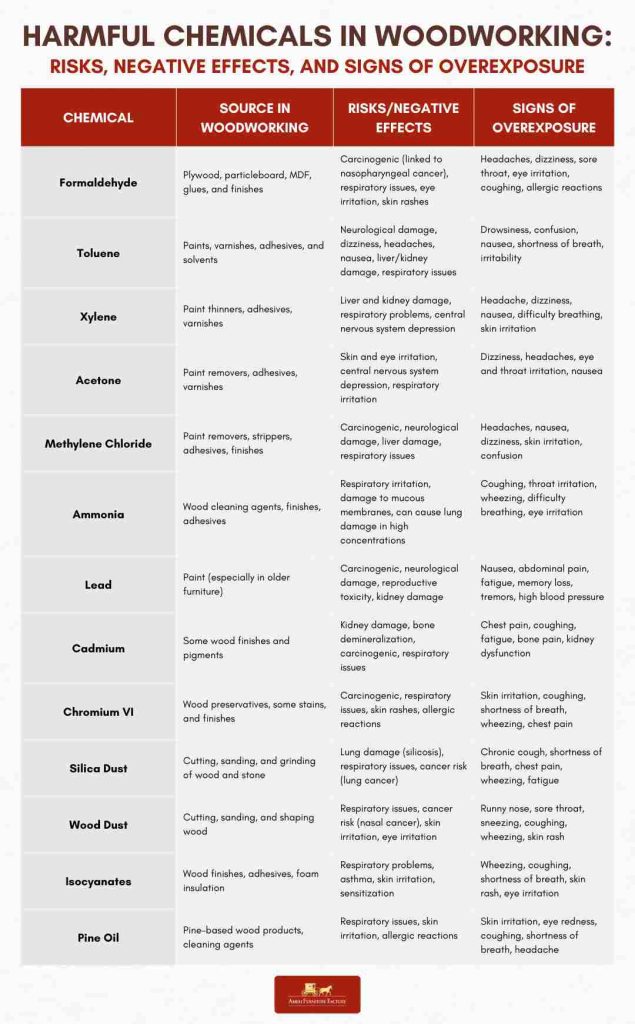
Physical Strain and Ergonomic Risks
Working with heavy tools, wood, and repetitive tasks can lead to physical strain, muscle fatigue, and long-term injuries, especially to the back. Repetitive motions like sanding and sawing increase the risk of strain, but alternating tasks, maintaining proper posture, and taking regular breaks can help alleviate these effects. Safe lifting techniques—bending at the knees and keeping loads close—along with using equipment like dollies or lifting straps, can reduce the risk of back injuries. Implementing ergonomic precautions and staying mindful of body mechanics are key to minimizing these risks and maintaining comfort during extended work periods.
Safety Tips for a Hazard-Free Workshop
A few essential safety practices can help you create a workspace that minimizes hazards and keeps you productive and secure, especially for DIY woodworking projects.
Set Up a Clear Workspace
When learning woodworking, a tidy and organized workspace not only enhances efficiency but also helps reduce accidents. Make sure tools, materials, and cords are stored neatly and clear any pathways of debris to avoid tripping. Keep essential items within easy reach to prevent overreaching or mishaps. Regularly clean up sawdust and other materials that can create fire hazards or impair footing.
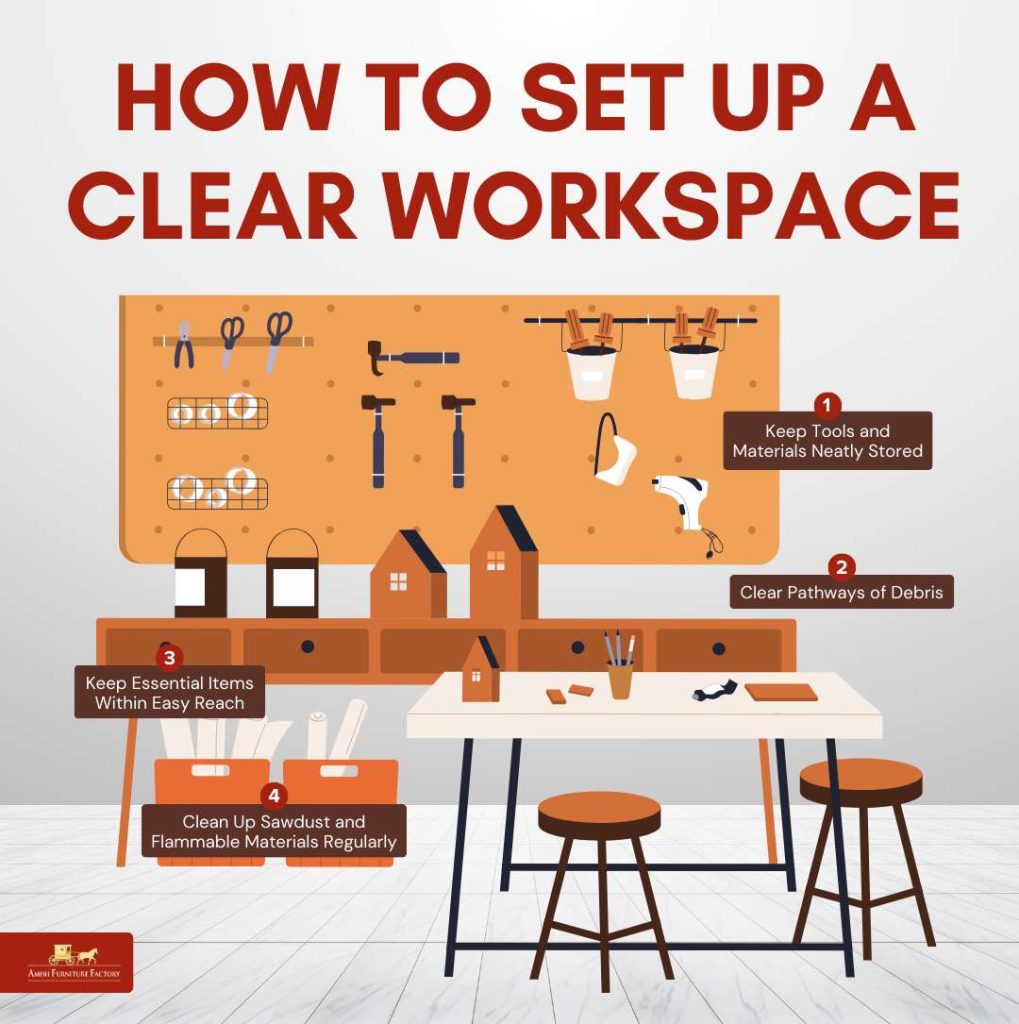
Use Personal Protective Equipment (PPE)
Personal protective equipment (PPE) plays a crucial role in safeguarding against common workshop risks. Items like safety goggles, ear protection, gloves, and masks protect from dust, noise, and chemical exposure. Select PPE appropriate for each task, and ensure it fits properly for comfort and effectiveness. Using PPE consistently can greatly reduce the risk of injury or health issues.
Maintain Equipment Regularly
Keeping tools and equipment in good working order helps prevent malfunctions and injuries. Inspect tools regularly for signs of wear, loose parts, or damage, and sharpen or adjust them as needed. Address any minor issues before they become hazards, and schedule time for routine maintenance. Well-maintained equipment is not only safer but also performs more efficiently, enhancing your workflow.
Have an Emergency Plan
Having a clear plan for emergencies is essential to manage unexpected situations effectively. Place fire extinguishers and first aid kits in accessible locations, and ensure everyone in the workshop knows where they are. Establish simple steps to follow in case of accidents, fires, or spills, and practice these procedures regularly. Being prepared makes it easier to respond swiftly and safely during an emergency.
Conclusion
Woodworking is a rewarding craft, but it comes with its own set of challenges and risks. By staying aware of hazards like dust, noise, and chemical exposure, you can take steps to protect your health and workspace.
Regular maintenance, proper handling of materials, and emergency readiness all contribute to a safer and more enjoyable workshop environment. Remember, a well-organized and mindful approach goes a long way in preventing accidents and ensuring smooth projects.
Frequently Asked Questions
What type of dust mask is best for woodworking?
For woodworking, a dust mask with an N95 or P100 rating offers effective protection against fine particles. These masks filter out most airborne wood dust, keeping respiratory exposure to a minimum. Always ensure a snug fit for the best results.
How often should woodworking tools be sharpened for safety?
Sharpen tools regularly, especially if you notice them catching or requiring extra force to cut. Frequent sharpening reduces the risk of slips and accidents, as sharper tools work more efficiently. Aim to sharpen tools based on use frequency—often after several hours of use.
What is the safest way to dispose of oily rags in a woodshop?
Oily rags can combust spontaneously, so it’s essential to handle them with care. Store used rags in a metal container with a tight lid, ideally filled with water, to prevent drying and sparking. Dispose of them according to local hazardous waste guidelines.
Are there any special fire extinguishers recommended for woodshops?
Class ABC fire extinguishers are recommended for woodshops as they cover fires involving wood, flammable liquids, and electrical equipment. For added safety, consider a water mist extinguisher for sawdust fires, which cools flames without spreading dust. Ensure extinguishers are easily accessible and regularly checked.
